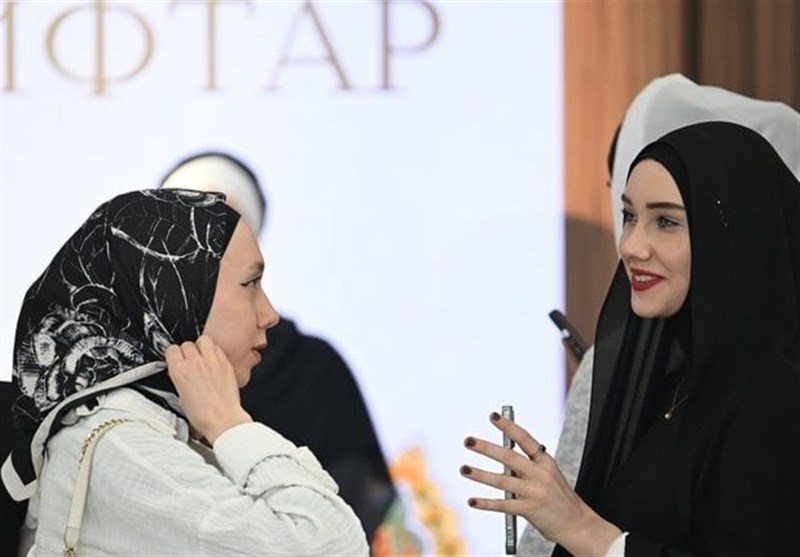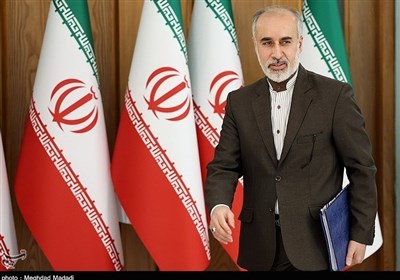Russia Allows Hijab in Citizenship Application Photos
TEHRAN (Tasnim) – Moscow has announced the easing of regulations concerning applications for citizenship by foreign nationals, permitting the use of headscarves and hijabs in passport photographs, as stated by the Russian Interior Ministry last Wednesday.
The new law, set to be effective from May 5, will be implemented ten days after its publication, according to Russia Today. “In cases where the religious beliefs of the applicant do not allow them to appear in front of strangers without a head covering, photographs are to be provided in head coverings that do not hide the oval of the face,” the document states.
However, images with scarves that entirely or partially conceal the applicant's chin will not be accepted, the report indicates. Notably, Russian citizens have already been allowed to use photographs in hijabs for passport applications, driver's licenses, work permits, and patents.
The initiative aims to “allow believers to observe religious traditions,” while also ensuring “the security of the state,” as the “face, like other data, is needed so that video monitoring systems can identify a person,” noted Biysultan Khamzaev, a member of the State Duma Security and Anti-Corruption Committee, in the Russian Parliamentary Gazette.
During the Soviet era, passport photographs were submitted without headscarves or hijabs. However, following the dissolution of the USSR in 1991, Muslim women started using photographs in hijabs until the practice was prohibited in 1997. The ban was later deemed unlawful by the Russian Supreme Court in 2003. As of the 2021 laws, an amendment to passport requirements allows individuals whose “faith does not allow them to take off” their “head covering worn for religious reasons” to submit photos with the head covering on.
Russian President Vladimir Putin has underscored Russia's status as a "multinational and multi-religious country" that treats everyone with respect, adding that some “190 ethnic groups live in the country,” some of which are “represented by millions of people.”





